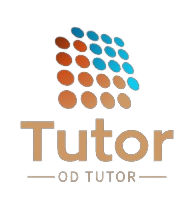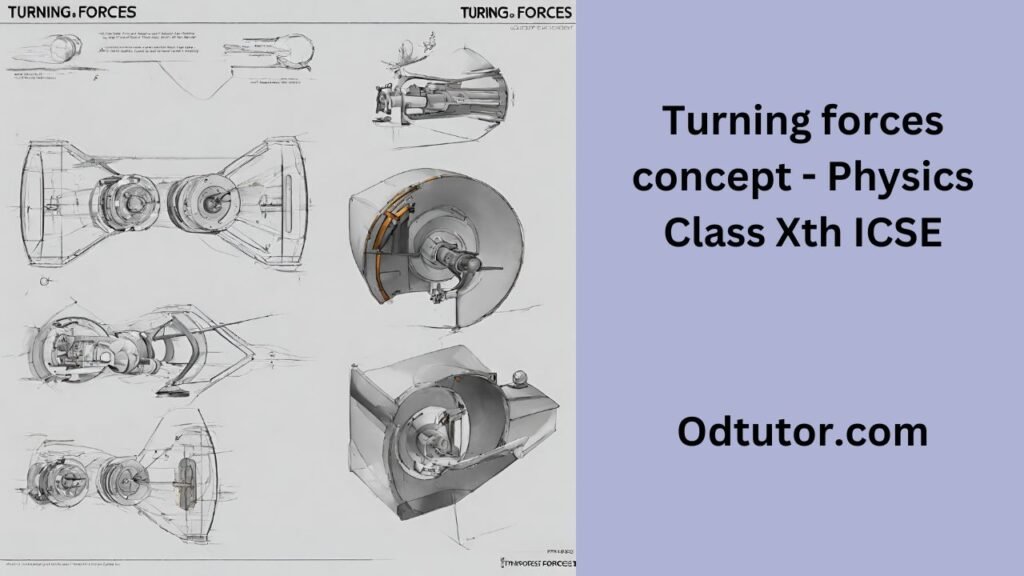In the context of Class 10th ICSE (Indian Certificate of Secondary Education) Board, the concept of turning forces refers to the principles of rotational equilibrium and the factors affecting the turning or rotational motion of an object. It’s also commonly known as the concept of moments or torque.
- Definition of Turning Force: A turning force, or moment, is the measure of the rotational effect of a force about an axis. It’s calculated by multiplying the force by the perpendicular distance from the axis of rotation to the line of action of the force.
- Principle of Moments: The principle states that for an object in rotational equilibrium, the sum of the clockwise moments about any point must be equal to the sum of the anticlockwise moments about the same point.
- Factors Affecting Turning Force:
- Magnitude of Force: The greater the force applied, the greater the turning effect, provided other factors remain constant.
- Distance from the Axis of Rotation: Turning force is directly proportional to the distance from the axis of rotation. A force applied farther from the axis generates a greater turning effect.
- Angle of Application: The angle at which the force is applied affects the turning effect. The force perpendicular to the lever arm generates maximum turning effect.
- Balance and Stability: Understanding turning forces is crucial for determining the balance and stability of structures or objects. For example, when designing a seesaw or a bridge, engineers need to consider the distribution of weight and the turning forces acting on the structure to ensure stability.
- Applications:
- Levers: Levers are simple machines that utilize turning forces. They consist of a rigid bar that pivots around a fixed point, called the fulcrum. Examples include scissors, crowbars, and seesaws.
- Wheel and Axle: The rotation of a wheel about its axle is an application of turning forces. Examples include wheels on vehicles or gears in machinery.
- Doors and Handles: Turning a doorknob or a handle involves applying a turning force to open or close the door.
Understanding turning forces is essential not only for physics but also for various practical applications in everyday life and engineering.

